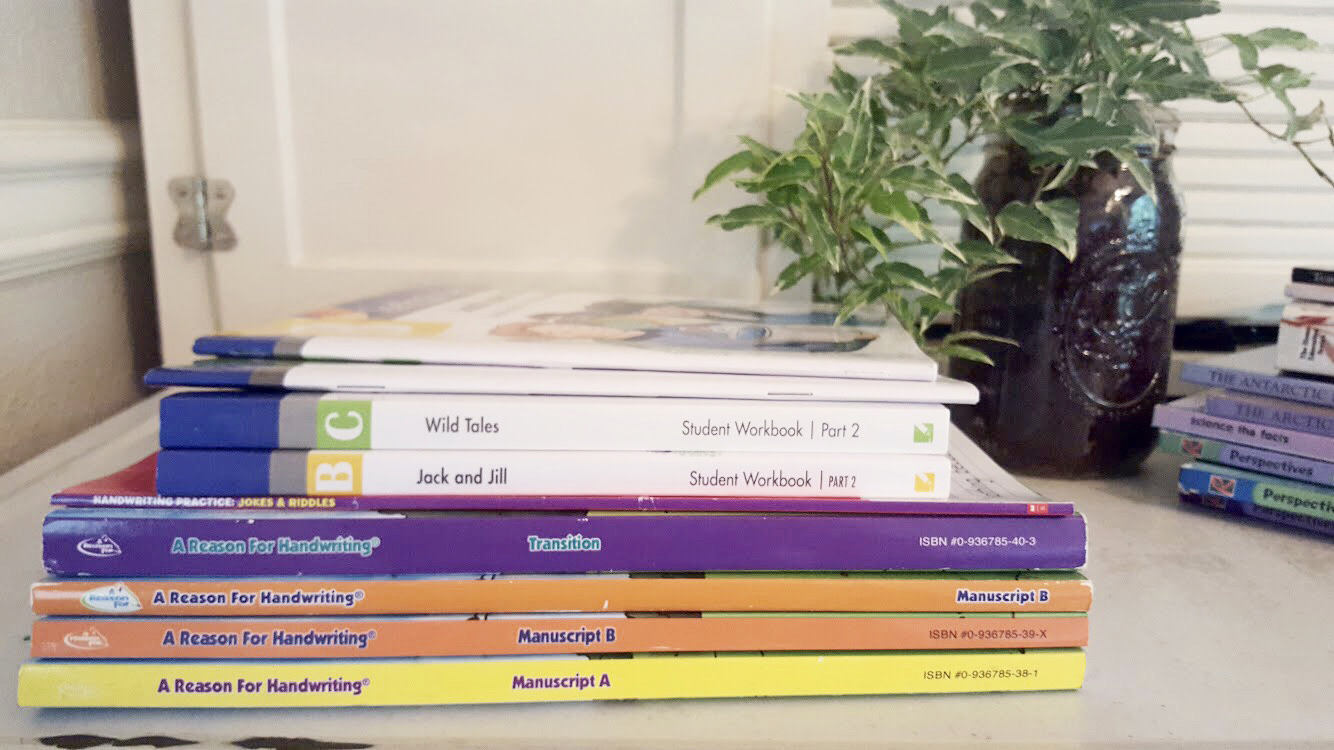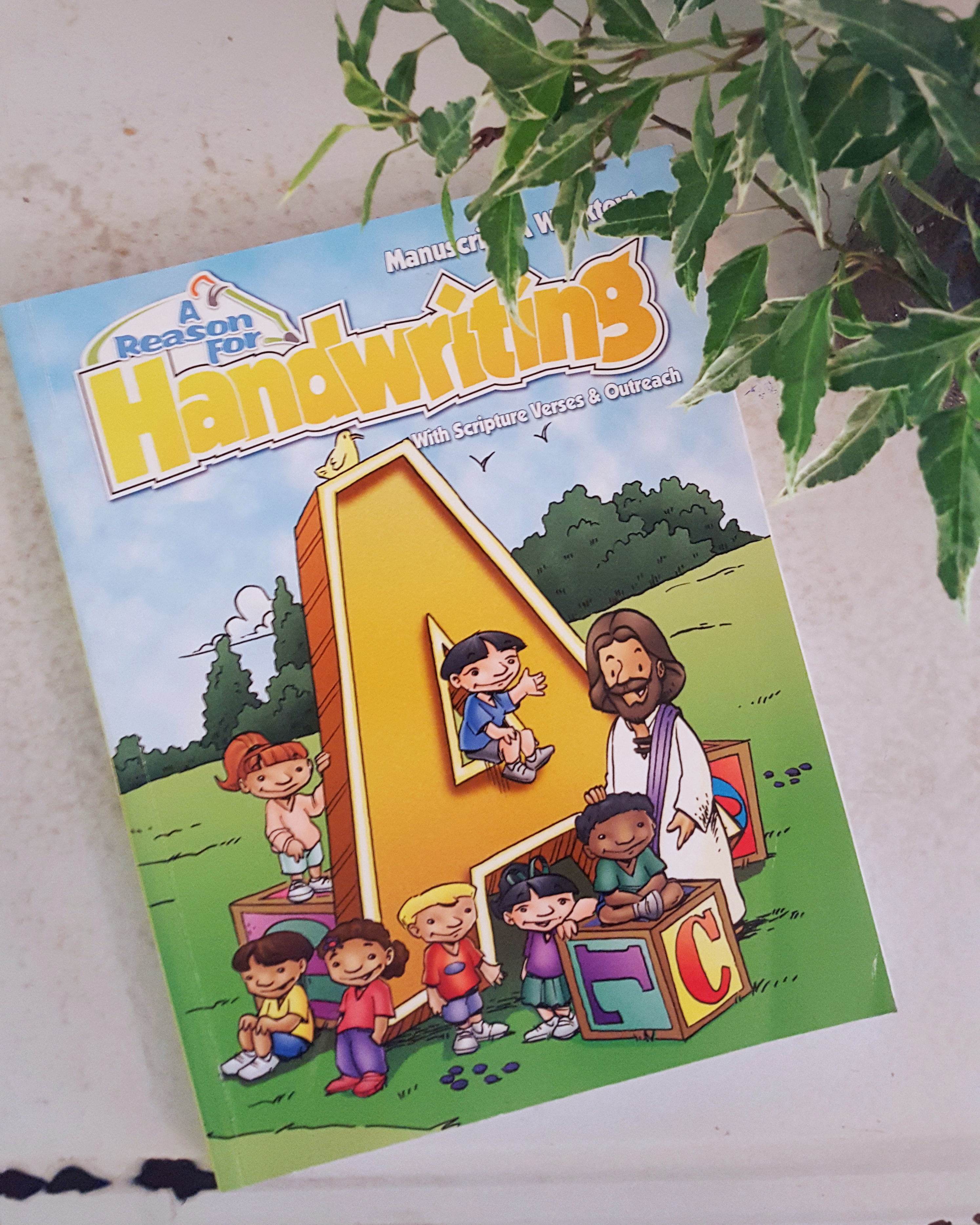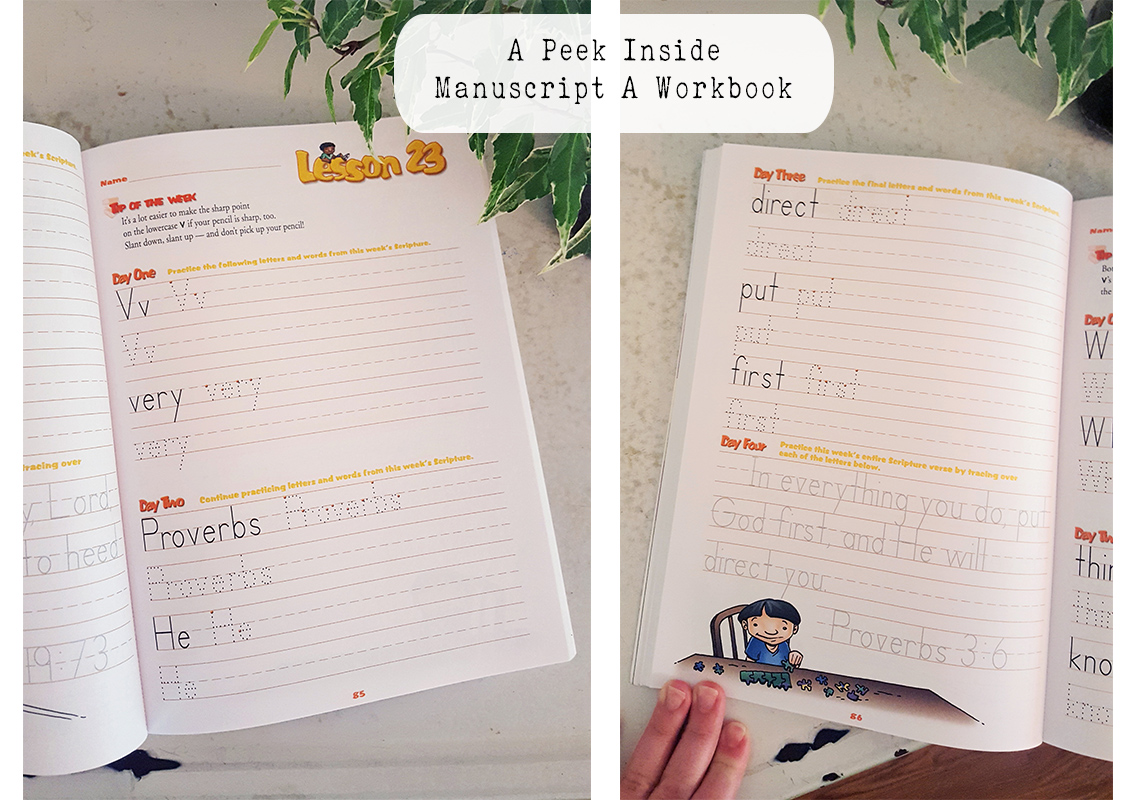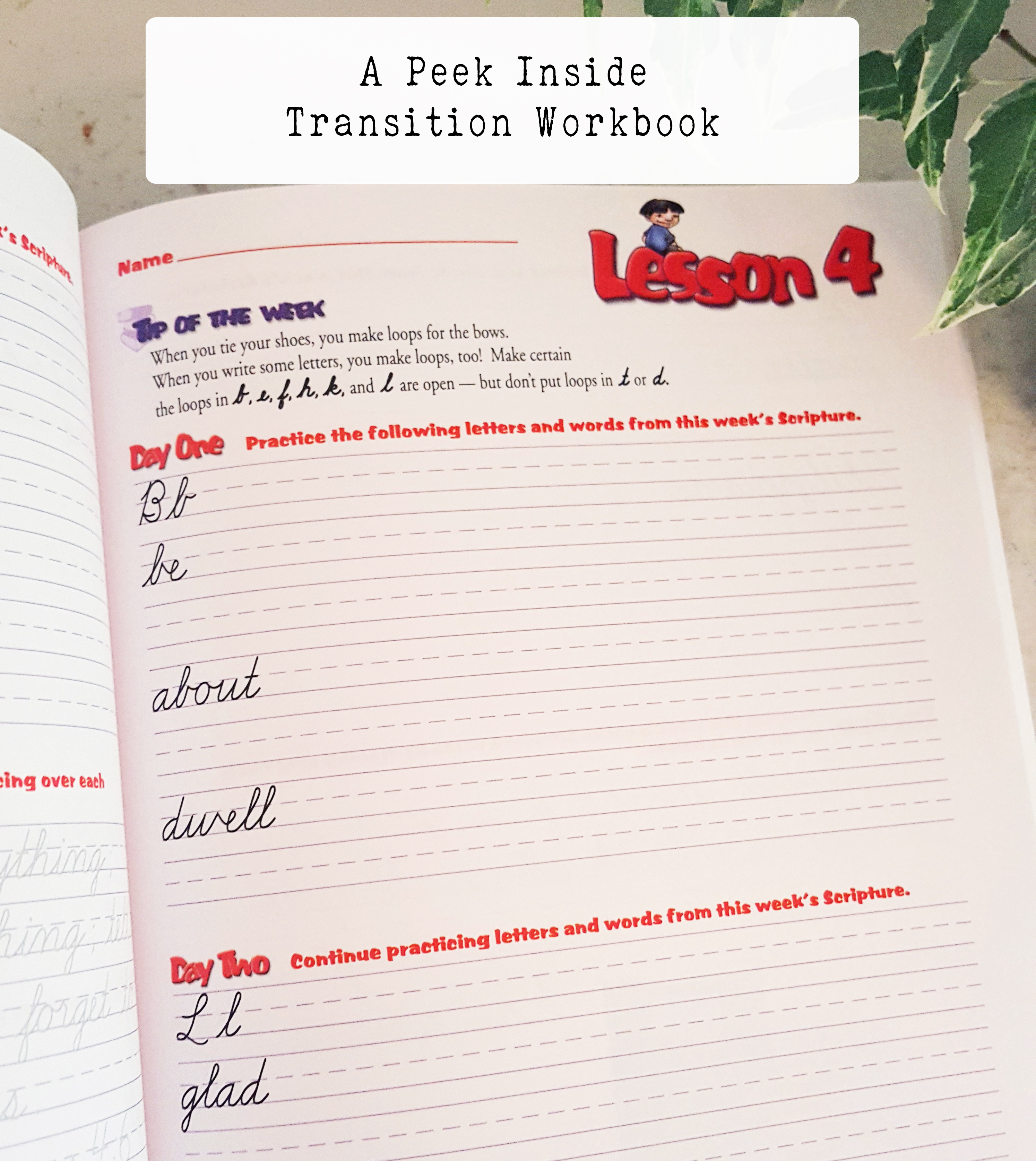This post is the first in an ongoing series about our curriculum choices. I LOVE talking curriculum and books and resources, so I’m forcing myself to break this most favorite of topics into smaller chunks.
As I’ve mentioned before, I used to teach writing at Oregon State University and have my Masters of Fine Arts in Writing. So let’s just say, I like writing. And spelling and diagramming and all the rest. So this area of curriculum is important to me!
There are SO MANY options out there. So I took suggestions from friends and went from there. Also Cathy Duffy’s reviews saved me. Her descriptions helped me make quick decisions and narrow the field. I finalized all of my decisions just two weeks ago and it feels so good!

For Handwriting
Madeleine (my 1st grader) wants to learn cursive. Which helped narrow things quite a bit. Some handwriting curriculums either start with cursive or work toward it with a transition phase or leave it out altogether.
I knew I wanted a simplified traditional cursive–though I’ve heard good things about Italic and Slant Print. I was taught cursive from kinder through 4th grade, and simply love that traditional cursive look. But I willingly concede that the amount of strokes could be simplified. What exactly is that extra curly cue at the top of the capital C doing?
A Reason for Handwriting looks like it will accomplish so many goals at once for our little school.
What I’m looking forward to:
- Short quick lessons. The curriculum is designed to take less than 10 minutes each day.
- Scripture work. Each week the student practices forming some of the words in a single scripture verse. On the fourth day, the whole scripture and reference is traced and then on the fifth day, the student writes the complete verse on a page with decorative borders, nice enough for display if you like. Using these scriptures as memory verses is an obvious option, but since our kids will be doing AWANA, we won’t be using them that way.
- Easy transition to cursive. They recommend transitioning to cursive no earlier than 2nd grade. In looking at the Transition workbook–which comes after level B–it’s easy to see why. The script and line spacing are smaller which requires neat handwriting and finer motor skills. The Transition workbook is set up so that the first half is in print and then the student transitions to cursive midway through the year.
Benjamin will begin with Workbook B, and we’re starting Madeleine with Workbook A. After the Christmas break, Madeleine may move on up to Workbook B. We’ll see! (Her handwriting is already 10x neater than Benjamin’s. #classicgirl)



Expectations for Handwriting
In all honesty, we likely won’t complete every daily lesson. My expectations are for the kids to simply practice often enough that their parents and even strangers can read their writing.
I’m not looking for perfection but rather good habits.
So I can imagine that after a few weeks, the kids will skip ahead and just trace the scripture verse and then write out the whole verse the next day. And so on. I’d rather sacrifice 100% completion for maintained enjoyment of the task.
For Spelling
Honestly, when I started planning this school year, I wasn’t even thinking about spelling. This is what I was thinking: The kids will get plenty of spelling exposure in their reading. True. But not exposure to the WHYs of spelling. Learning those rules and their exceptions makes decoding and encoding especially so much easier. Plus, spelling is fun! Or at least to me.
So when my friend Anne told me what her kids use for spelling, it got me thinking. And then got me pretty overwhelmed. I started by looking at the spelling curriculum she uses–Building Spelling Skills. At only $3.95 on Rainbow Resource, it is immensely affordable. The curriculum uses weekly spelling lists and tests for reinforcement and fluency. And I was prepared to use it with my kids until I came across an option that I think will suit my kids better.
Spelling You See feels like a hybrid spelling, handwriting, and reading program with lots of color! Level B uses nursery rhymes exclusively while Level C uses some nursery rhymes but also short passages of interesting animal facts, which Benjamin will love.
What I’m looking forward to:
- Short lessons. The daily work should take no more than 10 minutes.
- No word lists or tests. This program has no repetitive copywork or tests, which I know my children would moan and whine about. One moaning crisis averted!
- Colorful illustrations and colored pencils. Beyond being colorful, the workbooks are actually sold with erasable colored pencils for almost every lesson. This will be a big hit with Madeleine especially.
- Variety. The lessons vary between tracing, transcription, and dictation; some of the lessons in Workbook C have the students draw their own story too. Love this variety!
- Syllable Chunking. The colored pencils are used to teach spelling rules, punctuation, capital letters, etc…. For example, in Workbook A’s Lesson 9C, the student will find and mark each silent e with an orange colored pencil (or highlighter). In other lessons, the student marks all of the “-ed” in red pencil or the double consonant chunks in blue.

A few notes about Spelling You See
Before purchasing Spelling You See, check out their Readiness Guidelines, which is simply a short list of questions. This helped me choose Level B for Madeleine rather than pushing forward to Level C based solely on my perception of her reading level.
The cost of Spelling You See is significantly higher than I was initially willing to pay. The full set of 2 student workbooks, colored pencils, and instructor’s handbook for each level is $53 on Rainbow Resource. I don’t think it’s overpriced (the pages are lovely, the covers are glossy, etc…), but since we’re still in a “financial drought” as Benjamin dubbed it, I can’t pay full price for almost any curriculum right now.
Fortunately I’m a crazy bargain shopping lady, so I hunted for deals on this curriculum. I found brand-new bundles of Levels B and C student workbooks and pencils for $55 total (including shipping!), saving me $39. For the instructor’s handbooks, I was able to pay $10, saving me $32. Which means I purchased the whole curriculum for both kids for $65 (47% off)!
There are deals to be found on curriculum if you know where to look. Check out my previous post on the 5 best places to find deals if you’re interested!

Expectations for Spelling
As with handwriting, we may skip ahead a bit, especially for Madeleine with Level B. I want them to understand the WHYs of spelling without making it a bore. And yet, as with sight words and math facts, repetition is important and helps turn the act of spelling and encoding and decoding automatic. Which makes reading all the more pleasurable!
Because of the handwriting element to Spelling You See, I will likely have Benjamin focus his efforts on his spelling workbooks and perhaps just do the scripture verse copywork from his A Reason for Handwriting book. We’ll see!
What about you?
How does your family handle spelling and handwriting? Do you work them in to your other lessons, combine them, or leave them out altogether?
